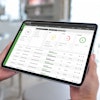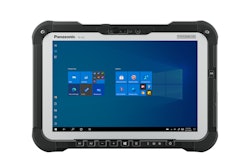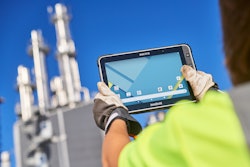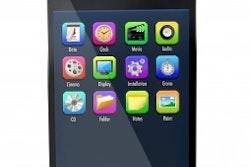
One of the two greatest challenges in construction is getting field workers to track their time and work accurately. I have seen many approaches used and yet to find one that works perfectly. The major hurdles are well known. Field workers feel paperwork takes away from the real work. Tracking their time is boring and bothersome. They get to the end of the day, are fatigued and are thinking about getting home.
Knowing how fast your crews work is essential to your financial success. Without accurate job cost data you can't bid accurately, schedule accurately and improve the efficiency of your production crews. You can't legitimately quantify the full impact of change orders. Without good job cost data you will not be able to uncover the little things that steal 3 percent to 5 percent of your profit. Job costing data is vital, and you will not have solid job cost data without conquering the challenge of getting your field crews to record their time and work accurately.
Up until very recently I was a skeptic when it came to using technology for tracking field performance. A couple factors were at the heart of my skepticism, mainly, because neither of the two available solutions had worked well in the field in the majority of trials.
Computers were a real challenge for field workers. Many simply were not computer literate. Beyond that, computers that are built to withstand the dusty and hot
conditions inherent at construction sites have always been quite expensive. Computers start up fairly slowly, which tests the patience of foremen. Up until the late 2000's getting the information out of a computer and back to the office was problematic. Where computers have worked well for job costing has been when a construction trailer is on site and the work is being run by a college educated superintendent or a bright, non-tool carrying senior foreman. I have rarely seen computers be successful in any other situation.
The second solution has been to use smartphones. Software solutions for tracking time and work have grown in availability and capability. However, cell phones tend to be a pain to work with due to their small screen sizes. Typos are difficult to avoid with phones. Typos are a huge problem when it comes to collecting reliable job cost data. In the last few years, cell phones have become an effective, if somewhat limited, tool for capturing job cost data.
After all these years an attractive solution has arrived, and it is something you should strongly consider: tablets. Tablets are a tracking tool that every contractor should adopt as soon as possible. Of course, I am referring to iPads and the Windows equivalent. I can speak most knowledgably of the usefulness and capabilities of iPads as I bought my first one in Spring 2010. I recently bought my second one, and it blows away my first generation iPad for speed and usability. Between the hardware improvements and the flood of software applications available the iPad's capabilities are almost limitless.
Tablets don't contain spinning hard drives so they are considerably more durable than computers. You can buy them with cell network access so your foremen will always be able to transmit the field information back to the office. You can stick them in Otter cases which make them almost waterproof and drop resistant. Their screens are large enough to do work on. They are relatively lightweight so they are not a burden to carry.
Most likely your accounting program has an iPad or tablet application available for remote use. Project management, time tracking, production tracking and work journal applications are available. They are often rolled into one software package.
Unlike computer software, tablet applications are very user friendly. The touchpad aspect certainly speeds up navigation, and the lack of a mouse has somehow translated into simpler solutions.
Take a page from the service industry. Repairmen are using smartphones and tablets to log their time at the customer's house and the parts they used during the repair. They are running credit cards and emailing receipts.
Why shouldn't your field workers be doing the same thing? Getting good data out of the field has been a never ending headache for decades. Finally a solution has arrived that overcomes all of the obstacles. This is a production management and job costing breakthrough you can't afford to fall behind on.




















